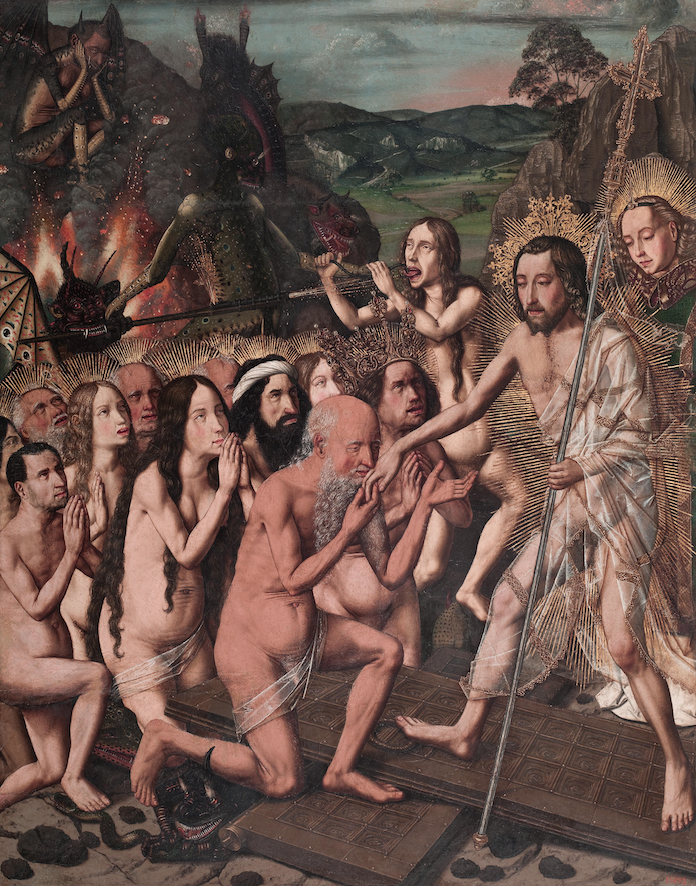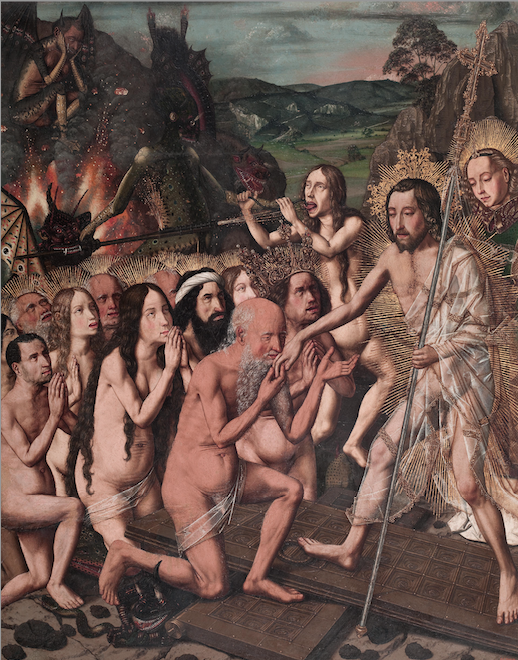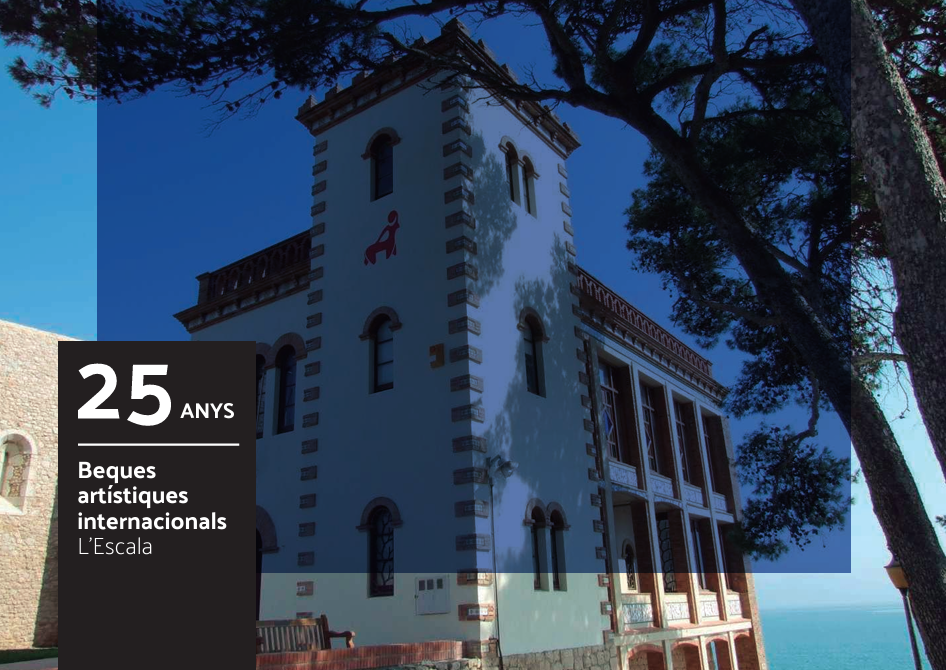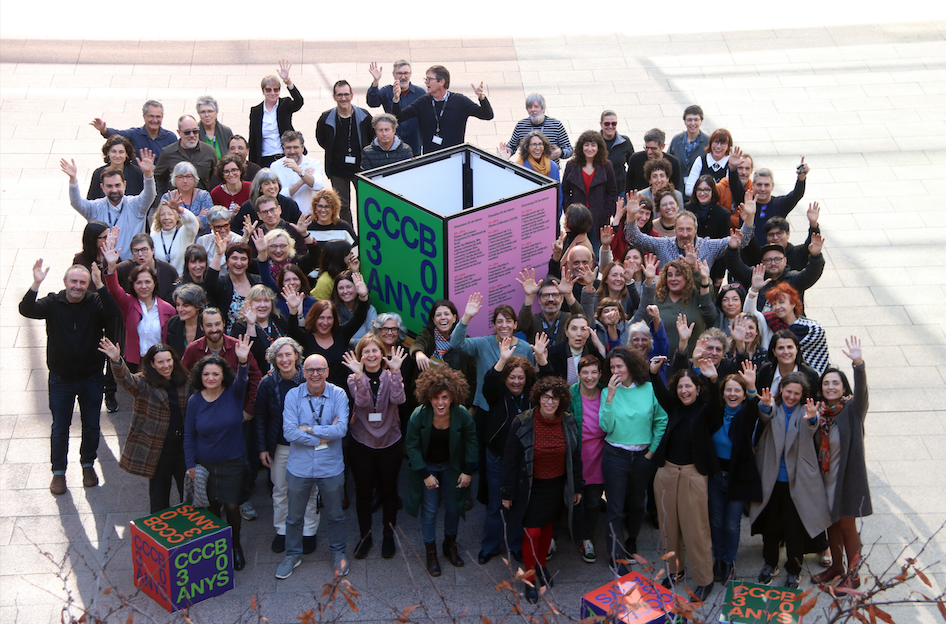Exhibitions
'Papers d'ombra' by Pep Duran Esteva at Can Framis
The exhibition is a more or less chronological journey through Pep Duran's imagination: pieces or relational notes creating analogies and linking paths.
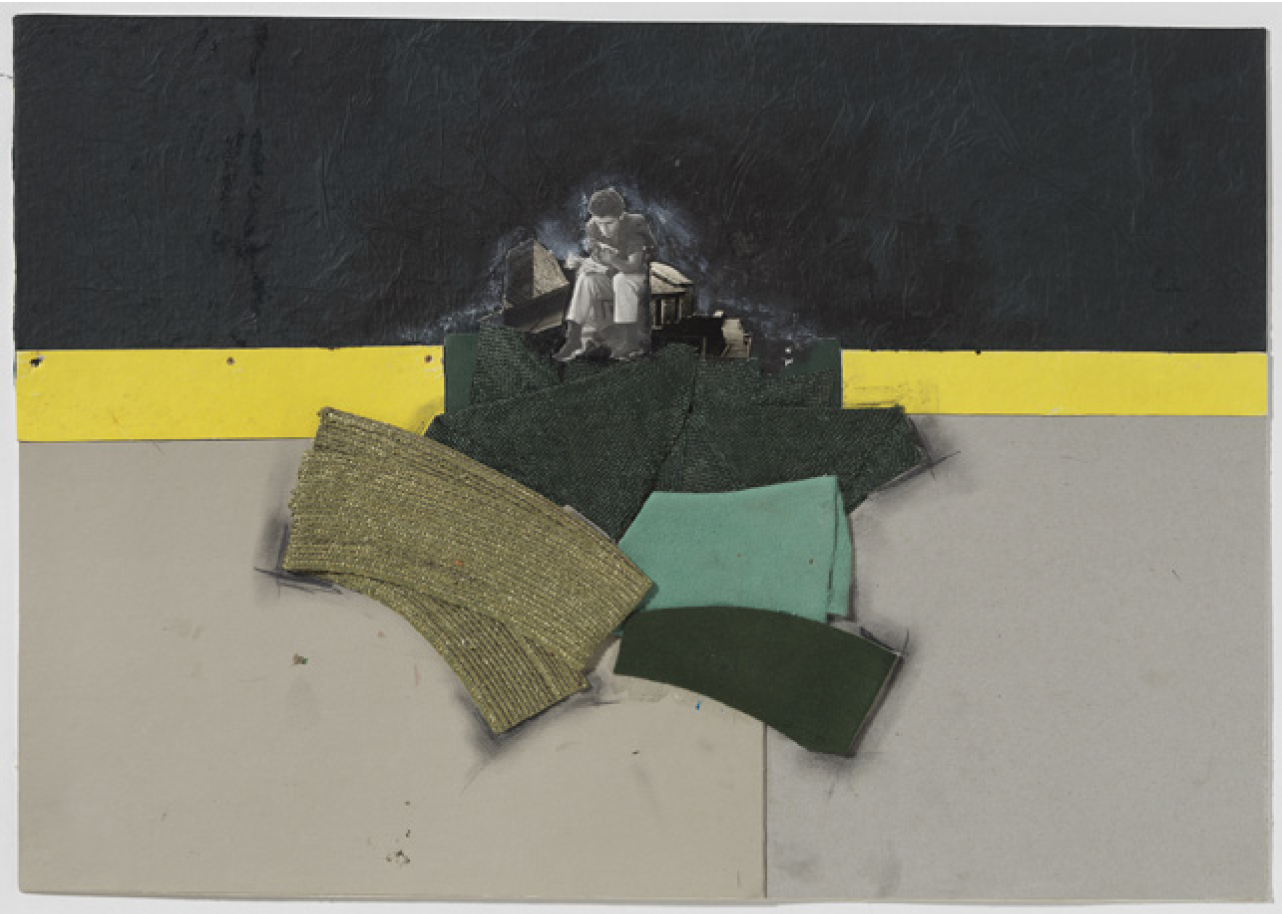
The Vila Casas Foundation. Can Framis has presented Papers d'ombra, an exhibition by Pep Duran that collects all of his works made with old paper decorations, created over the years and in which the use of both the obverse and of the back of the papers. The works that can be seen there, all unpublished, are a chronicle, a frieze, a diary that the artist has been continuously creating.
The exhibition, curated by the artist himself, has been conceived as a stage in which the public finds small interventions and stackings along its route, as if they were scenes, dialogues or open monologues. Papers d'ombra by Pep Duran Esteva is an exhibition conceived as a large installation that includes four decades of work with photocollage. All the works that we can see in the exhibition are unpublished and are made from old paper decorations that Duran Esteva has intervened throughout all these years and, until the very last moment, in the rooms by Can Framis.
Shadow Papers is born from a find. It all started in 1979 when Pep Duran discovered a set of abandoned and stacked paper sets in the Cercle Catòlic in the Gràcia neighborhood, in Barcelona, while he was painting with Nina Pawlowsky images and ornaments on clothes for the set design of La Bella Helena in Teatre Lliure, under the direction of Fabià Puigserver. Duran Esteva tells of this anecdote: "Huddled there, in the shade, - hence the name of the exhibition - I found all the abandoned paper decorations and I kept them". At that moment, the collection of papers was born that has accompanied him all these years and that he has been responsible for growing. "I conceive of all these photocollage works as a palimpsest, in the sense of a process of pasting, looking, resting, tearing,... and I never hide the mistakes: the pencil, the holes, etc." Biel Mesquida also mentions it in the text of the catalog: "In the painted frames, in the veiled paintings, in the mixed works that Pep Duran Esteva makes within a frame, within a painting, within a work, there are different landscapes, stackings, works , films, because his collages are rewritings, substitutions, changes, additions, constructions and reconstructions, inventions, because there are as many works as there are levels of perception.”
The exhibition project, apart from showing the entire repertoire of photocollages, also conceives the museum space as a stage in which the public finds small interventions and stackings along its route, as if they were scenes, dialogues or open monologues.
From his first exhibitions, Pep Duran Esteva has always cultivated collage as a tool to interpret the world and understands it as if it were a stage score. He is one of the artists who has most insisted on the principle of this technique: building from fragments. All kinds of remnants of photographs, papers, cardboard, wood and blankets, together with his characteristic stacking of objects from the nineties, have been the most recurring materials in his works. His creations have a pronounced and specific theatricality where the resulting images are like a large kaleidoscope or palimpsest, which he articulates depending on the space.
The exhibition can be visited until May 26, 2024.





